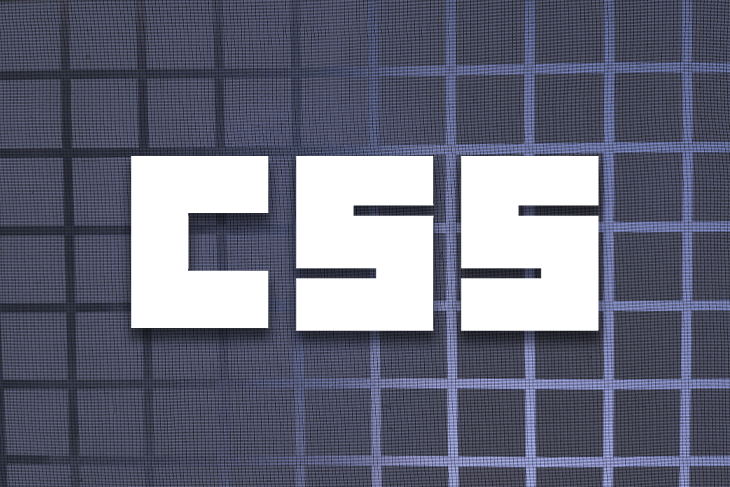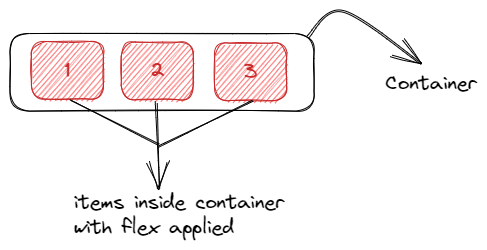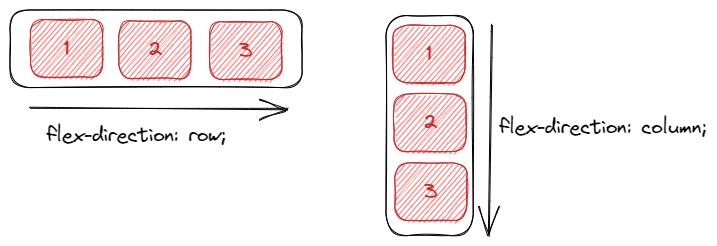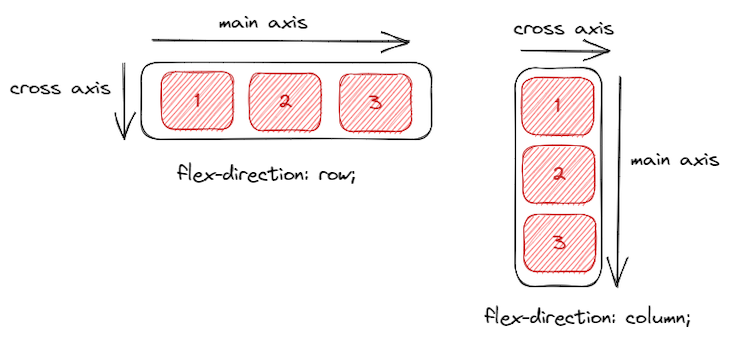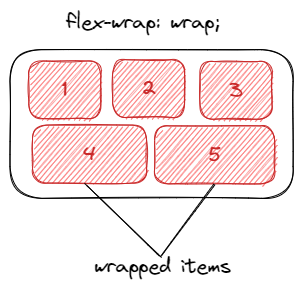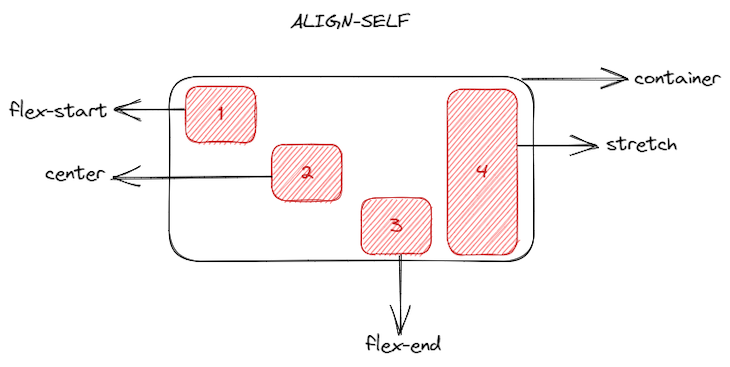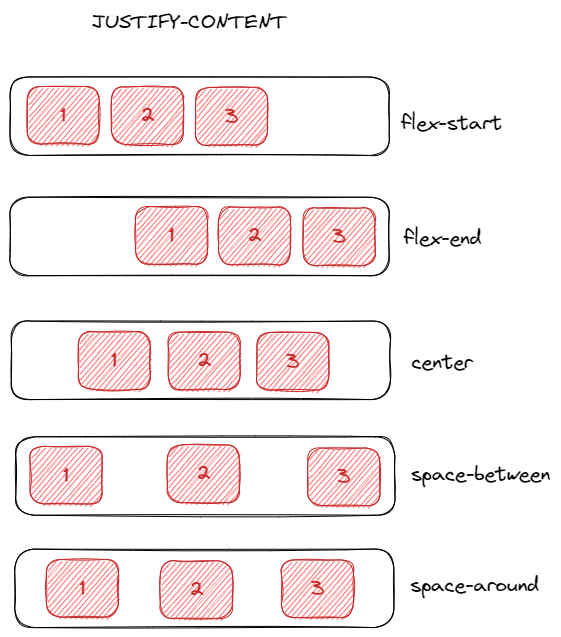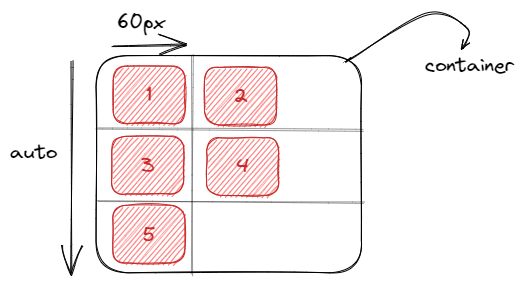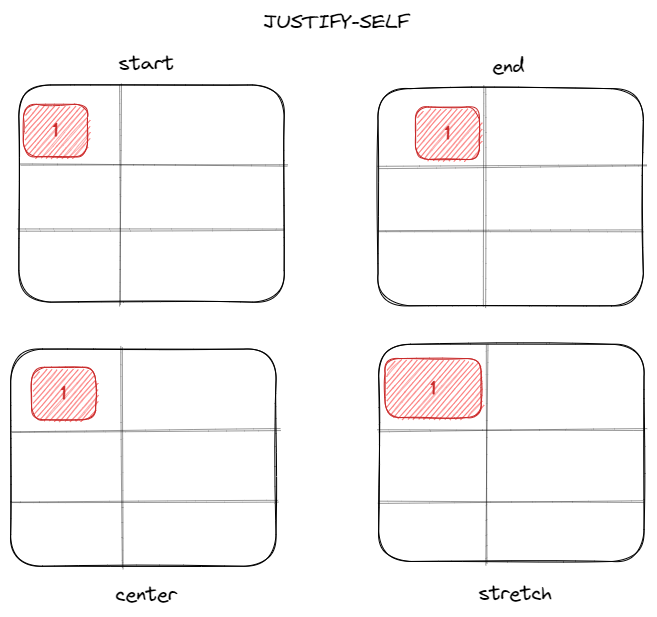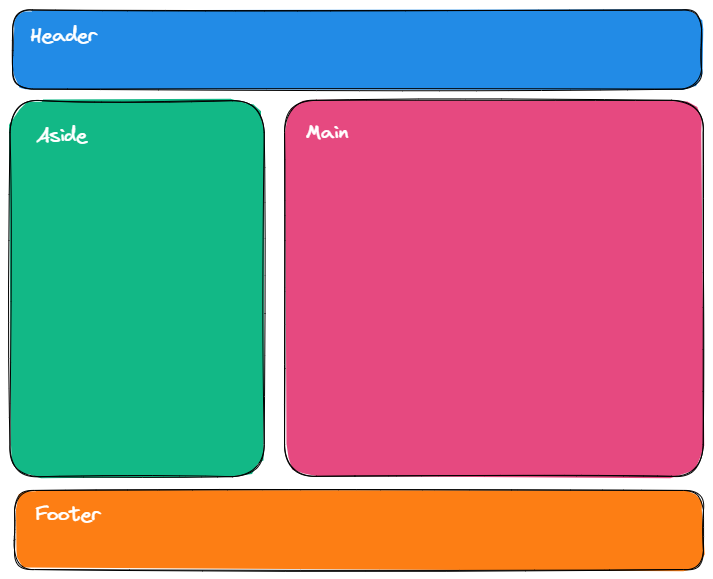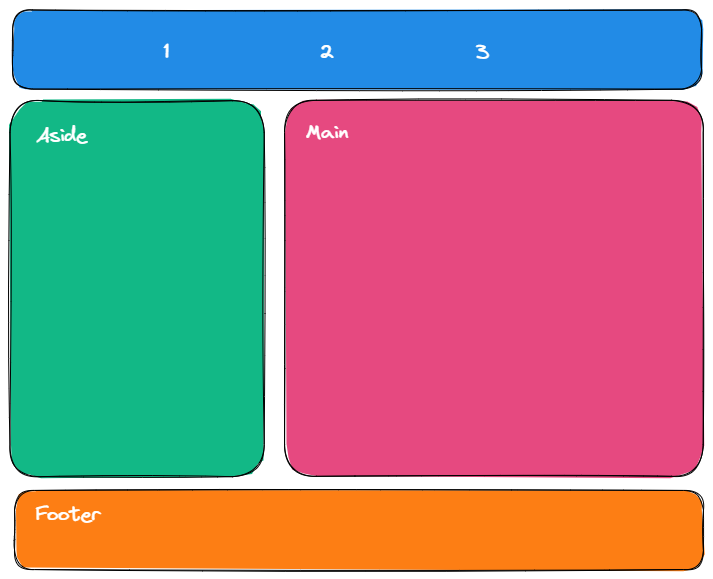When to use Flexbox and when to use CSS Grid
CSS layout has come a long way. Where we once wrestled with floats and clearfixes, we now have two powerful layout systems built right into CSS — Flexbox and Grid. They’ve replaced older layout techniques with cleaner, more flexible systems that make it easier to build responsive, scalable interfaces.
CSS Flexbox is designed for one-dimensional layouts — aligning and spacing items in a row or column. It shines in UI components and small-scale layouts. Grid layout, on the other hand, handles two-dimensional layouts with ease — making it ideal for full-page structures and more complex designs.
In this guide, you’ll get a clear breakdown of when to use Flexbox, when to use Grid, and how combining them can lead to cleaner, more scalable CSS.
Editor’s note: This article was thoroughly reviewed and updated on 3 June 2025 to reflect the latest developments, best practices, and practical examples in modern web layout techniques. The updates aim to provide clearer explanations and enhanced guidance for both beginners and experienced developers. The previous update was in January 2023.
What is Flexbox?
CSS Flexbox, introduced in 2009, is a powerful one-dimensional layout system designed to help you build responsive web pages and organize elements easily. It quickly became the go-to method for modern layouts because it eliminates the need for tricky hacks like floats and positioning.
Flexbox lets you arrange items in rows or columns, making it simple to control spacing, alignment, and order within a container.
If you’re new to Flexbox or want to practice in a playful way, check out Flexbox Froggy, an interactive game that helps you master Flexbox by guiding frogs to their lily pads with CSS rules.
Basic usage
Before we get into when you should use Flexbox and Grid, let’s go over a few properties that make these two concepts stand apart from each other. If you want to go into further properties of Flexbox and Grid, or how to start out with them, you can check out these beginner friendly articles on Flexbox and Grid, respectively.
Say we have a <div> in our HTML that serves as a container for three child elements. All you need to do is create a flex container using the display: flex property. After that, every element that you have inside that flex container turns into a flex item.
The corresponding code would be:
<div class="container">
<div id="one">1</div>
<div id="two">2</div>
<div id="three">3</div>
</div>
.container{
display: flex;
}
Flex direction and axes
In our flex container, we could decide to set a direction for the items in our container. The most frequently used flex directions are row and column. Our corresponding CSS would look like this:
.container{
flex-direction: row | column;
}
In some cases, flex-direction could be set to row-reverse or column-reverse. One important thing to note under flex directions is the concept of axes.
Depending on the flex direction, we can have a main axis and a cross axis. In the case where the flex-direction is row, the main axis is in the horizontal direction, and the cross axis is in the vertical direction. The opposite is the case when the flex-direction is column. This will be useful when we look into aligning:
Wrapping items
By default, flex items try to fit on one line. You can allow them to wrap to multiple lines using flex-wrap:
.container{
flex-wrap: wrap | nowrap| wrap-reverse;
}
The problem with flex-wrap, however, is that when the items wrap, they form their own flex line below the ones above, and so are not perfectly aligned with the items above them. You see that item4 and item5 spread out to fill all the room below the elements above them.
Alignment and ordering
Flexbox has many other properties that we can use to create amazing things. We can order the elements the way we want, reverse the order of elements, determine if our elements should grow or shrink, etc.
One concept that makes Flexbox so useful is the power of alignment of items within the flex container. To demonstrate this, let’s look at a few alignment-related properties of Flexbox such as align-self and justify-content.
For example, let’s imagine that our container div now has four elements, with the same width and height:
<div id="container"> <div id="one">1</div> <div id="two">2</div> <div id="three">3</div> <div id="four">4</div> </div>
In our CSS, we can use align-self to align these items within their container. That is, we can give a different alignment to each item:
#one{
align-self: flex-start | flex-end | center | stretch
}
Instead of aligning each individual item, say we wanted to align all items together within the container. For that, we’ll use justify-content. Let’s assume that instead of four, we have three items again in our container:
.container{
justify-content: flex-start | flex-end | center | space-between | space-around
}
You can notice how easy it is to align content within flex containers. Whether it be the individual items within the container, or all the items together. The above features only show a few common properties of Flexbox, and how easy it is to manage small parts of your layout.
What is CSS Grid?
While Flexbox is a one-dimensional layout system (handling rows or columns), CSS Grid takes layout to the next level by being a two-dimensional system. That means you can work with rows and columns simultaneously, making it the most powerful CSS layout tool available today.
Grid lets you create complex, organized designs without resorting to old, hacky CSS tricks. It’s perfect for building robust, structured layouts with precise control over both axes.
Getting started with CSS Grid
Let’s use the HTML snippet below, and see how we can get a grid layout out of it:
<div class="container"> <div id="one">1</div> <div id="two">2</div> <div id="three">3</div> <div id="four">4</div> <div id="five">5</div> </div>
To define a grid container, all you need to do is pass a display: grid property to your block element. Now you have a grid, so you should define how many rows and columns you want.
To create rows and columns, we use the grid-template-rows and grid-template-columns properties, and pass values that tell how much our grid items will span through the container:
grid-template-columns: 60px 60px; grid-template-rows: auto;
From above, we can see that our layout will be set to two columns, each occupying 60px of the container, and since there are five elements, we’ll have three rows spanning the entire container due to the auto attribute:
Aligning items in the Grid
Just like now, Grid also has some properties that let you align items within the container. An example is the justify-self property. This property aligns a grid item within its cell, along the row axis:
#one{
justify-self: start | end | center | stretch
}
Taking the first item in our grid container as an example:
It is worth noting that justify-self is not the only alignment property that grid has. We could also use justify-content, justify-items, align-items, and align-self. You can easily notice that grid provides more flexibility when it comes to aligning and creating complex layouts.
Properties that Flexbox and Grid share
While Flexbox and CSS Grid differ in many ways, they share some important common ground — starting with their core purpose: both are powerful layout systems designed to replace old, clunky techniques like floats and positioning hacks. Today, they make building complex, responsive layouts much simpler and more intuitive.
Both Flexbox and Grid support key alignment properties that help you control the positioning of items within containers:
-
justify-content— Aligns items along the main axis (horizontal in Flexbox row, horizontal in Grid by default) -
align-content— Manages the spacing between rows or columns when there’s extra space -
align-items— Aligns all items within the container on the cross axis (vertical in Flexbox row) -
align-self— Allows individual items to override the container’s alignment settings
These shared properties provide consistency and make it easier to switch between Flexbox and Grid depending on your layout needs.
CSS Grid is for layout; Flexbox is for alignment
When Flexbox was first released, we thought that it could be the best layout system to use to build our web pages, but it wasn’t.
Flexbox helped developers start to create more responsive and maintainable web applications, but the main idea of a one-dimensional layout system doesn’t make sense when you need to build a more complex layout design.
CSS Grid really came to help us build more complex layout designs using a two-dimensional way, using both rows and columns. We should aim to use both of them together, but for different purposes. For your layout, use CSS Grid, for alignment of your elements, use Flexbox.
To master and know exactly when you’re going to need and how to use CSS Grid, you should first learn the basics and how Flexbox works, because when you need alignment of elements in your application, it’s Flexbox that you’re going to want to use.
When to use CSS Flexbox
- You have a small design to implement: Flexbox is ideal when you have a small layout design to implement, with a few rows or a few columns
- You need to align elements: Flexbox is perfect for that, the only thing we should do is create a flex container using
display: flexand then define the flex-direction that we want - You need a content-first design : Flexbox is the ideal layout system to create web pages if you don’t know exactly how your content is going to look, so if you want everything just to fit in, Flexbox is perfect for that
Of course, you can build your whole application using only Flexbox and get the same result as if you were building with CSS grid. But for a better CSS approach, to have a more concise, well-written, and maintainable application in the long-term, to create and fit your layout perfectly, the ideal method is to use CSS Grid.
When to use CSS Grid
- You have a complex design to implement: In some use cases, we have complex designs to implement, and that’s when the magic of CSS Grid shows itself. The two-dimensional layout system here is perfect to create a complex design. We can use it in our favor to create more complex and maintainable web pages
- You need to have a gap between block elements: Another thing that’s very helpful in CSS Grid, that we don’t have in Flexbox, is the gap property. We can define the gap between our rows or columns very easily, without having to use the margin property, which can cause some side effects especially if we’re working with many breakpoints
- You need to overlap elements: Overlapping elements using CSS Grid is very easy, you just need to use the
grid-columnandgrid-rowproperties and you can have overlapping elements very easily. On the other hand, with Flexbox we still need to use some hacks such as margins, transforms, or absolute positioning - You need a layout-first design: When you already have your layout design structure, it’s easier to build with CSS Grid, and the two-dimensional layout system helps us a lot when we’re able to use rows and columns together, and position the elements the way we want
Before you decide which one you should use, don’t forget:
CSS Grid is for layout; Flexbox is for alignment.
Here’s an example of the right use of CSS Grid. Let’s imagine that we’re going to build a simple application, and the barebones of our applications is going to look a bit like this:
We have a header, an aside menu, main block content, and a footer. To create this layout using CSS Grid, we just need to create our elements:
<div id="container"> <header>Header</header> <aside>Aside</aside> <main>Main</main> <footer>Footer</footer> </div>
Now, create a grid container using display: grid and then create some rows and columns.
We create our design very simply, without having to use hacks such as float or positioning our elements, and without having to create many flex containers.
The best decision that you can take for your application in order to create a very decent and well-built web layout for your application is to use both together.
Let’s take our example and use both CSS Grid and Flexbox to show the power of both layout systems together. Inside our header, we’re going to create three div elements and align them in a row:
<header> <div>1</div> <div>2</div> <div>3</div> </header>
To do that, all we need to do is declare our header a flex container using the display: flex property, make the flex-direction a row using flex-direction: row, and align the items:
Check out the corresponding Code Sandbox for this code. Feel free to play around with the code, to see how different you can make the layout look.
For now, our small web page looks like this:
For a major layout style, you could use CSS Grid, because it’s a two-dimensional layout system, and you can work with both rows and columns very easily. And for a more simple layout style, you can use Flexbox, a one-dimensional system, as it’s very helpful when working with rows.
Quick FAQs
What is Flexbox used for?
Flexbox is used to align and distribute items in one dimension — either a row or a column — making it great for simpler, linear layouts.
What is the difference between Flex and Flexbox?
Flex is a shorthand CSS property for flex items, while Flexbox refers to the entire layout model for arranging those items.
Is Flexbox still widely used?
Yes, Flexbox remains a popular choice for one-dimensional layouts and simple alignment tasks.
What makes CSS Grid different from Flexbox?
CSS Grid is a two-dimensional layout system, letting you control rows and columns simultaneously, unlike Flexbox’s one-dimensional approach.
Can CSS Grid replace Flexbox?
Not completely. CSS Grid is best for complex, grid-based layouts, while Flexbox is often simpler for single-row or column alignment.
Is CSS Grid supported by browsers?
Yes, all modern browsers fully support CSS Grid, so it’s safe for production use.
How do you control row and column sizes in CSS Grid?
With the grid-template-rows and grid-template-columns properties, which can define fixed, flexible, or automatic sizing.
Can CSS Grid handle responsive design?
Definitely! CSS Grid works well with media queries and flexible units like fr and minmax() to create adaptable layouts.
Conclusion
Here’s the takeaway:
- Flexbox is great for lining things up in a row or column
- Grid lets you work with rows and columns together for more complex layouts
Knowing when to use each — or both — makes building and maintaining your layouts way easier. Get comfortable with these, and your CSS will thank you.
The post When to use Flexbox and when to use CSS Grid appeared first on LogRocket Blog.
This post first appeared on Read More


